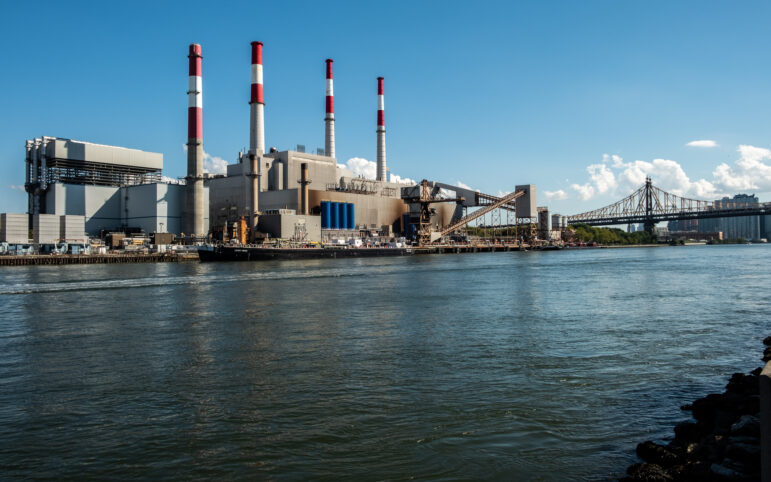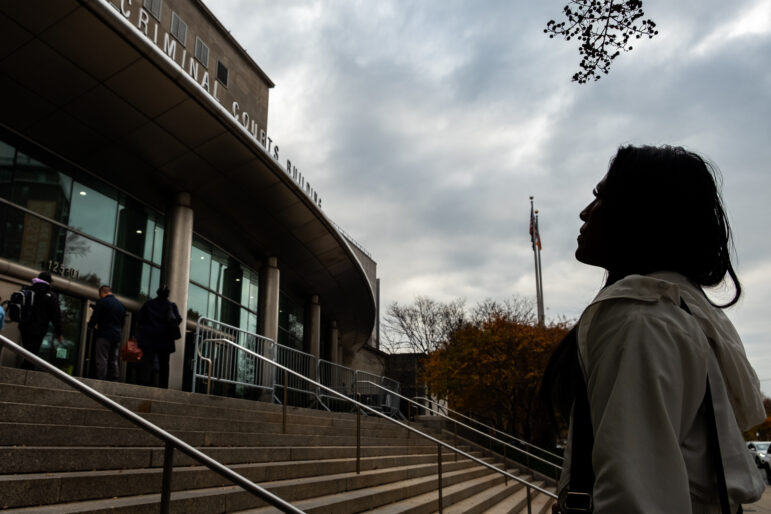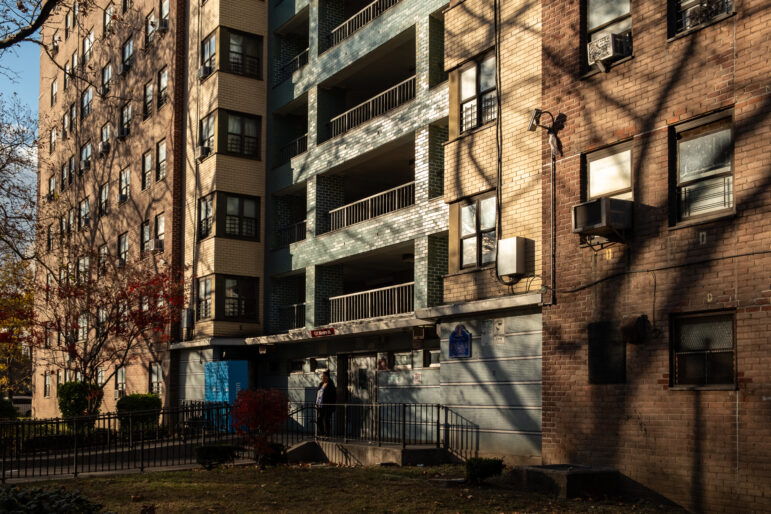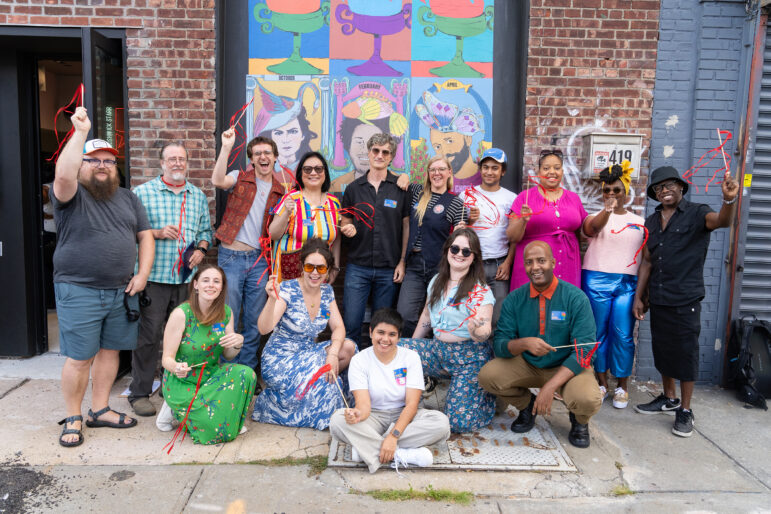 |
| The Kingsbridge Armory, on West Kingsbridge Road. (File photo by Adi Talwar) |
Editor’s Note: This story was first published in the latest issue of the Norwood News, on the streets and online now.
By ALEX KRATZ
Bronx Borough President Ruben Diaz, Jr. has made it clear redeveloping the vacant 575,000-square-foot Kingsbridge Armory into a quality-job-producing, vibrant community space, is a top priority of his administration. But a much-anticipated report created by an Armory task force he assembled was released with little fanfare earlier this month and appears to generate more questions than answers.
On June 21, Diaz’s office quietly released the 267-page report, which included no clear plan for financing the redevelopment. It detailed all of the meetings of the task force, which included union reps, health care industry leaders, developers, community activists and elected officials. It also included three models for possible redevelopment created by a group of New York University graduate students and faculty.
John DeSio, a spokesman for the borough president, said the point of the task force was not to come up with a proposal or a clear plan for financing it. The point, he said, was to show there was still interest in the Amory and to call on the mayor to issue a request for proposals (RFP). DeSio said he had every intention of trumpeting the report with a press conference, but said it had already been leaked to media outlets, so they decided to release it early in the morning, via e-mail.
“The work of the task force shows just how much interest there is in this historic structure,” Diaz said in a statement announcing the report. “This report proves that we can put together a proposal that not only brings development to the site, but does so in a complementary manner that takes into account the needs of the surrounding community and the Bronx as a whole.”
Diaz is under pressure to see a new RFP released after leading the defeat of a Bloomberg-backed plan to turn the Armory into a retail shopping mall. After the Council killed the plan, Bloomberg said he didn’t think the Amory would be redeveloped in the “foreseeable future.”
In separate editorials, the Daily News and New York Post blasted the report for containing little substance. “After 15 months of consultation and cogitation, Diaz has released a 267-page report that amounts to humiliating, disastrous zilch,” the Daily News wrote. It produced nothing, the editorial said, “except hilarious laughter at the half-baked proposals he drummed up from would-be occupants.”
The NYU team came up with three models – a sports and entertainment complex, a film studio and a sustainable food industry center – that would each include space for community groups and some kind of job training program. The report estimated that the sports and entertainment complex would create the most jobs, about 420, with the least amount of investment.
Jack Kittle, who sat on the task force as a representative of the building and trades unions and was admittedly skeptical about the body’s value, said the process “wasn’t unproductive.”








